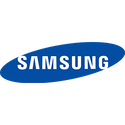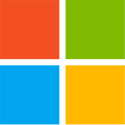
Oracle Dusts Off SPARC, Announces a Big SPARC CPU Development
Oracle, which inherited the SPARC CPU machine architecture from its big Sun Microsystems acquisition from way back in 2010, made its biggest SPARC-related announcement ever since. The company is developing a new multi-core SPARC processor, codenamed "M7." This chip, according to Oracle, will not only be in the same league as today's contemporary enterprise CPU architectures, but will also feature Oracle's on-chip optimizations, such as special on-chip firmware, that improves performance and security of applications.
A large, on-chip micro-code would work to ensure security of in-memory databases (the chip would feature an integrated memory controller), and hardware-accelerated compression/decompression of very large databases for near real-time analytics. The M7 is the first SPARC-based processor designed from the ground-up by Oracle, and it will go on sale later this week, as part of the company's new T-series and M-series servers. It will also be offered in upgrade kits for Oracle Supercluster, a high-density machine designed specifically for Oracle.
A large, on-chip micro-code would work to ensure security of in-memory databases (the chip would feature an integrated memory controller), and hardware-accelerated compression/decompression of very large databases for near real-time analytics. The M7 is the first SPARC-based processor designed from the ground-up by Oracle, and it will go on sale later this week, as part of the company's new T-series and M-series servers. It will also be offered in upgrade kits for Oracle Supercluster, a high-density machine designed specifically for Oracle.






